Ice covers almost 15 million square kilometers of Earth’s land surface. That’s a lot of land! It helps keep Earth’s climate in balance (not too hot and not too cold). And it keeps Earth’s oceans at the levels we’ve come to expect (not too high and not too low). In other words, Earth’s ice is important to all living things.
So last summer, I decided to go check out some ice. I hopped on a plane to Iceland, then into a rental car, then into a 4-wheel drive jeep, then onto a skidoo to visit the Vatnajokull ice cap. It was AMAZING!
Once you get up into the mountains, you see the ENORMOUS field of ice – very beautiful, very windy and cold, and VERY BRIGHT. Check out the video I took while on the top…. (Sorry about all the noise in the video. It’s very windy on an ice cap on top of a mountain!)
That very white ice reflects the sun’s rays. The sun’s heat bounces back into the atmosphere, rather than being absorbed by the earth. That helps keep the planet from getting too warm.
You can see this for yourself by shining a light toward hard-packed snow, and then shining a light toward a dark surface (such as black construction paper). See how the light is reflected off the snow, but not reflected off the darker surface?
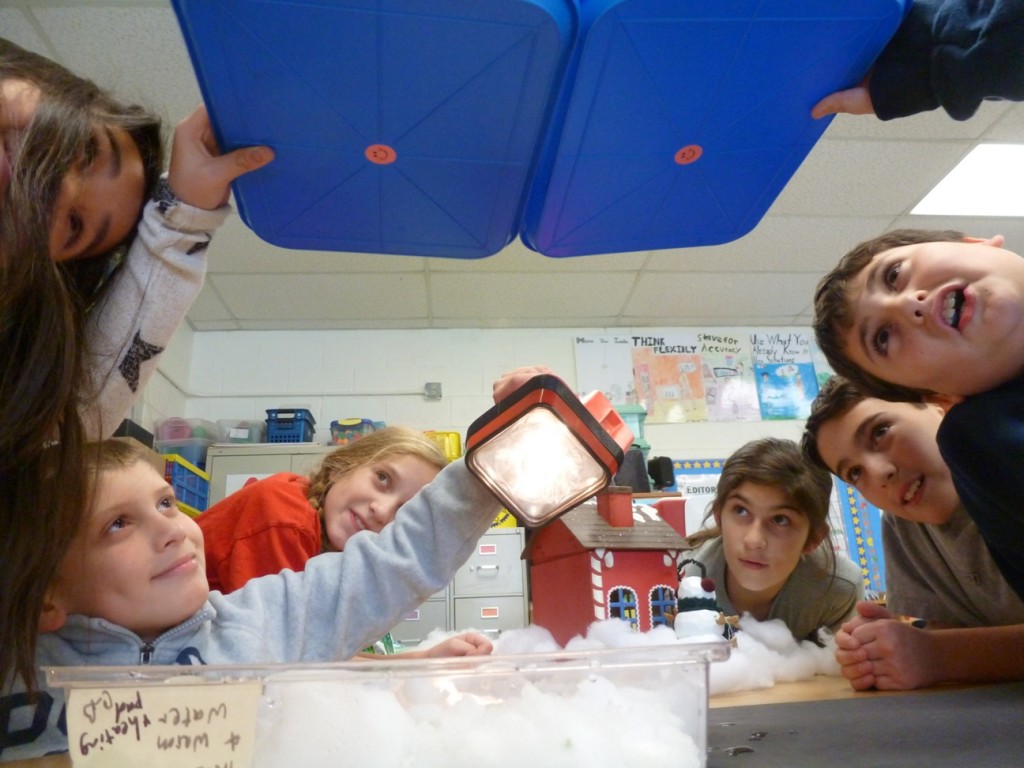
When the classroom light is turned off, the students see the light of the flashlight reflect off the snow and shine on the bottom of the trays.
While in Iceland, I also flew over the Vatnajokull ice cap to get a bird’s-eye-view.
From the air, you begin to understand the enormous size of this sheet of ice.
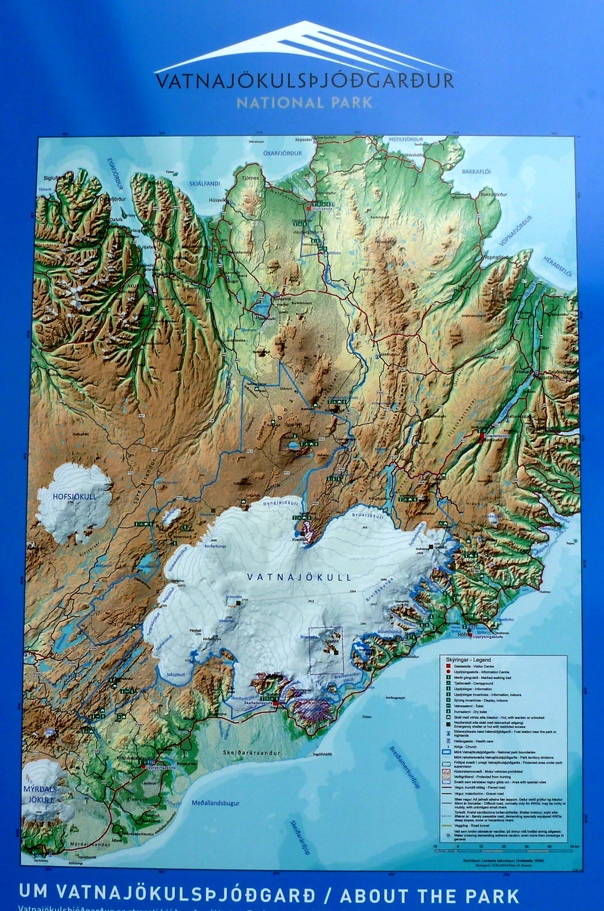
Here’s a model of the Vatnajokull ice cap in Iceland to help you understand it. You can see it covers a large part of the southeast portion of the country.
The problem is that the ice is melting. Scientists have evidence that Earth’s ice is melting. Global warming is the cause. Air pollution causes the world’s temperatures to rise. The warmer temperatures melt the ice.
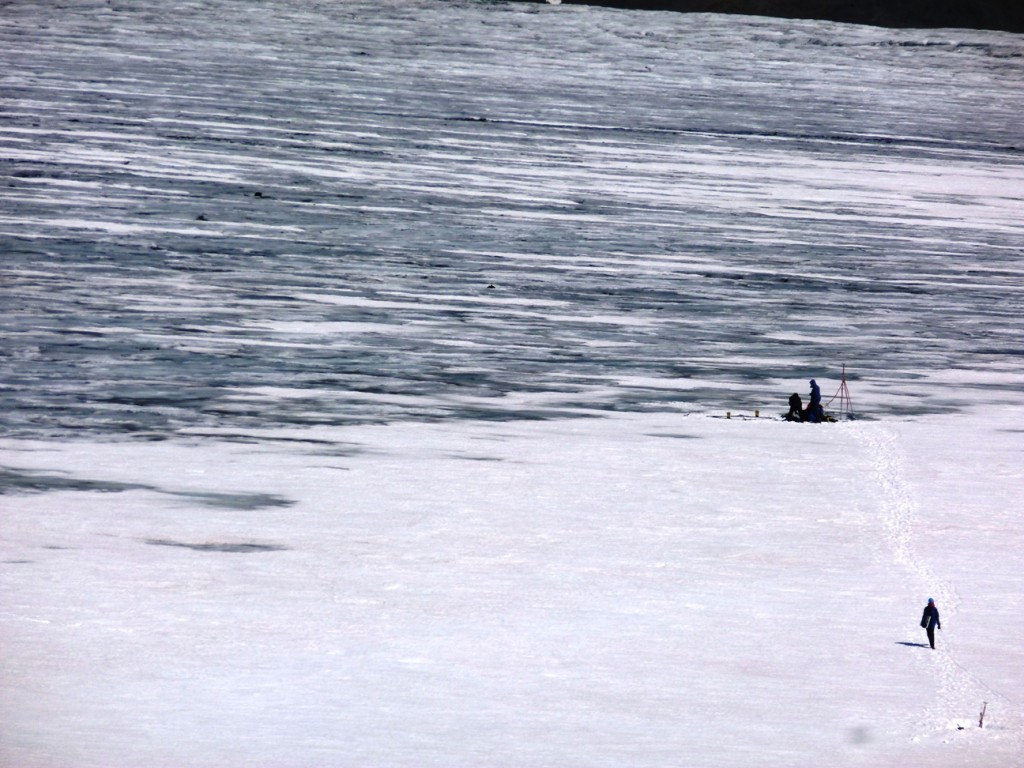
Here I saw scientists measuring the thickness of the ice by drilling down into the ice cap. The black you see in my photo is volcanic ash that has mixed with the ice.
The more Earth’s ice melts, the more heat our planet absorbs from the sun. (Apologies again for the wind noise.)
The less white ice we have to reflect the heat, the more Earth heats up. You can see where this is going, can’t you? Heating→ Melting → Heating→ Melting→Heating→ Melting→……
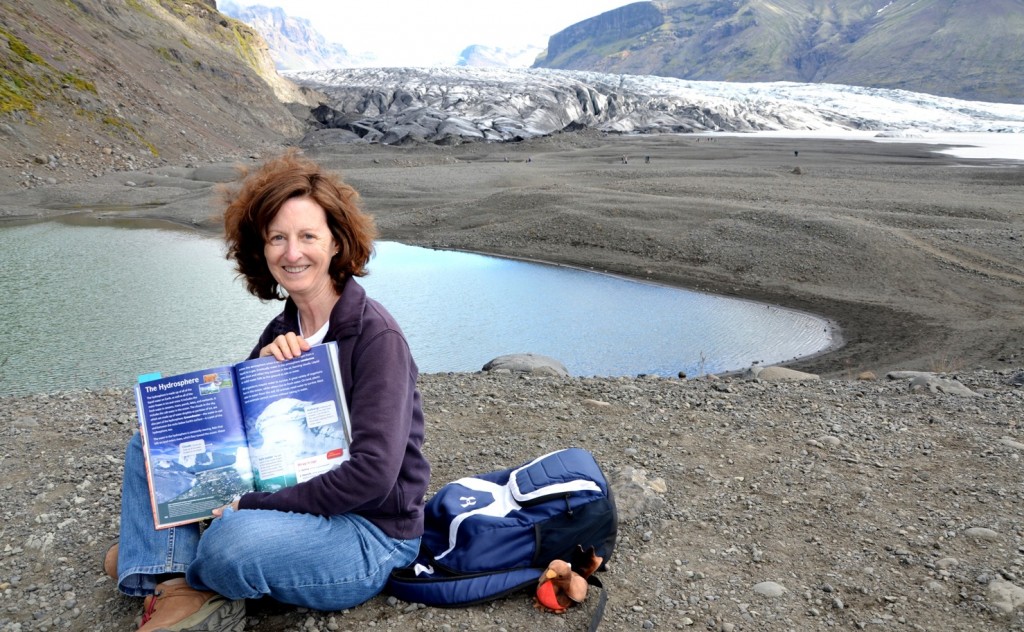
Chirpy and I are sitting in a glacial moraine. This area used to be covered by the glacier you see in the background. It’s melting away, leaving grey rocks to absorb the sun’s heat. (No, I’m not having a bad hair day. It was very windy.)
We need Earth’s ice to keep our planet’s temperatures close to what they are now. All living things depend on Earth’s ice.
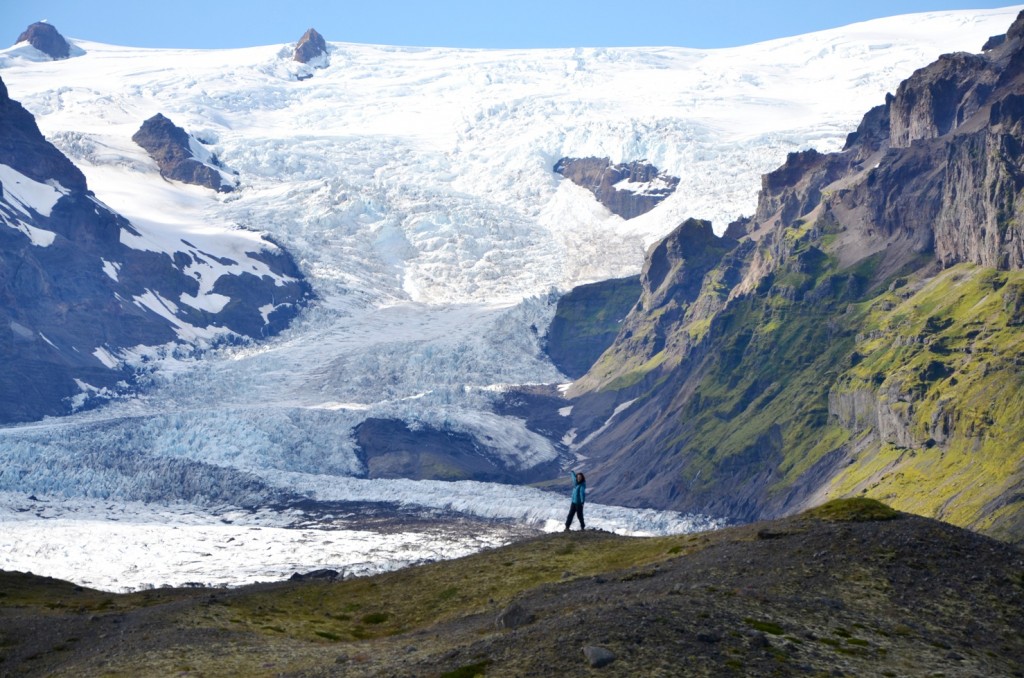
Here’s another area where the glacier used to be much thicker, and cover a much larger area. All the ground you see, including the ground I’m standing on, had been covered by the glacier for thousands of years.
It’s important that we do what we can to reduce the amount of pollution we put in the air. When we reduce air pollution, we slow down global warming. That will slow down the melting of Earth’s ice. For ideas on ways you can help, click here.
At a recent science conference for teachers, a glaciologist showed us an ice core he collected from Antarctica. An engineer invented the drill that allowed the scientist to drill deep down to gather ice from thousands of years ago.
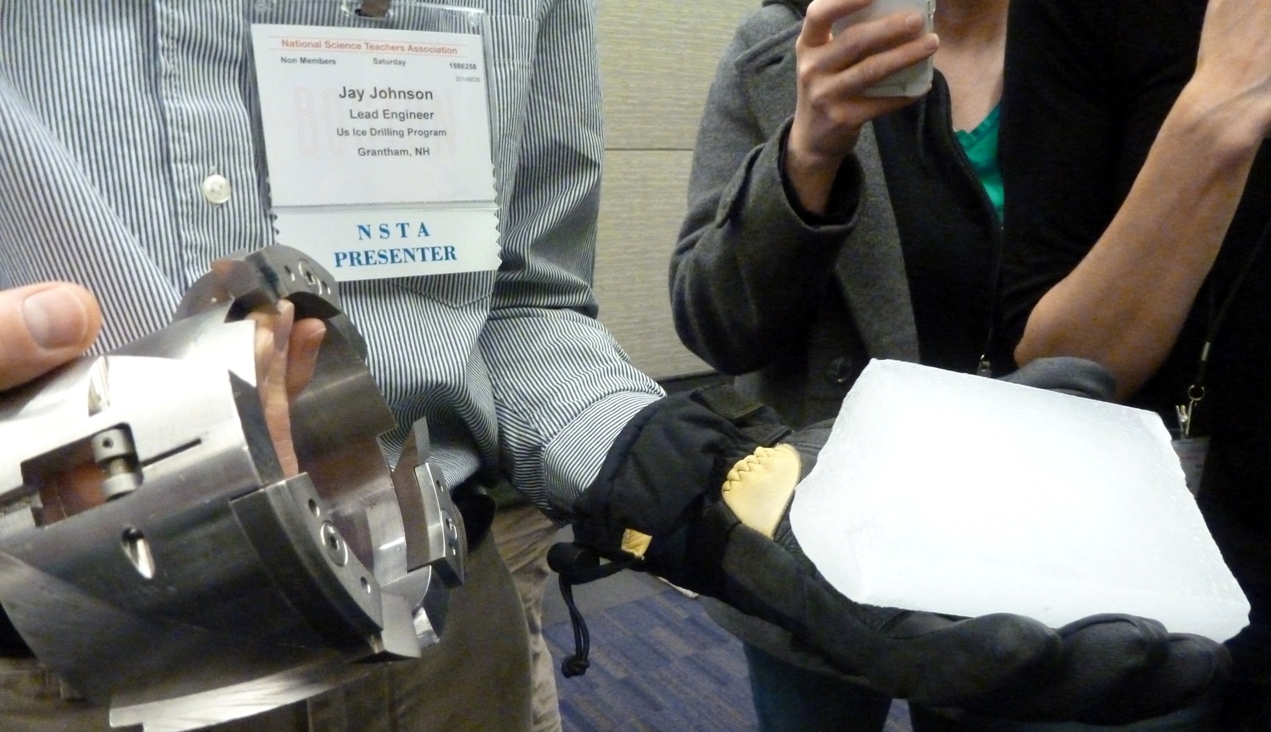
An engineer from the United States Ice Drilling Program shows us part of the drill that was used to capture the core of ice.

Here’s a close-up picture of the piece of ice core all the way from Antarctica!
Can you see the bubbles in the ice core? What do you think caused these bubbles? What important information do they hold?
Click here for more information on ice cores.
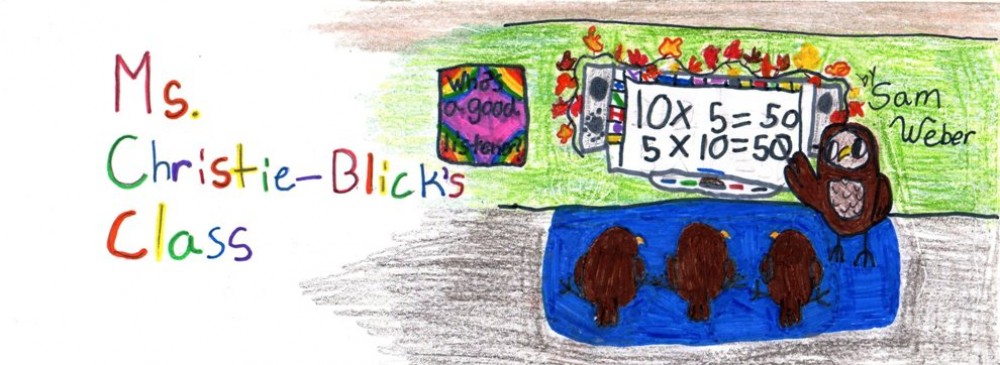
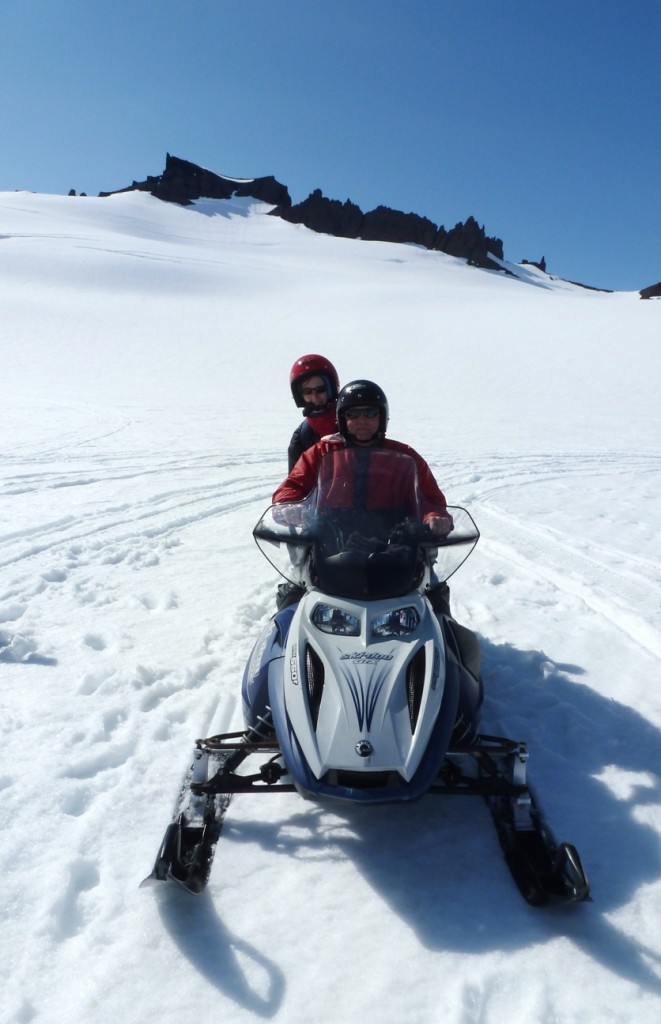
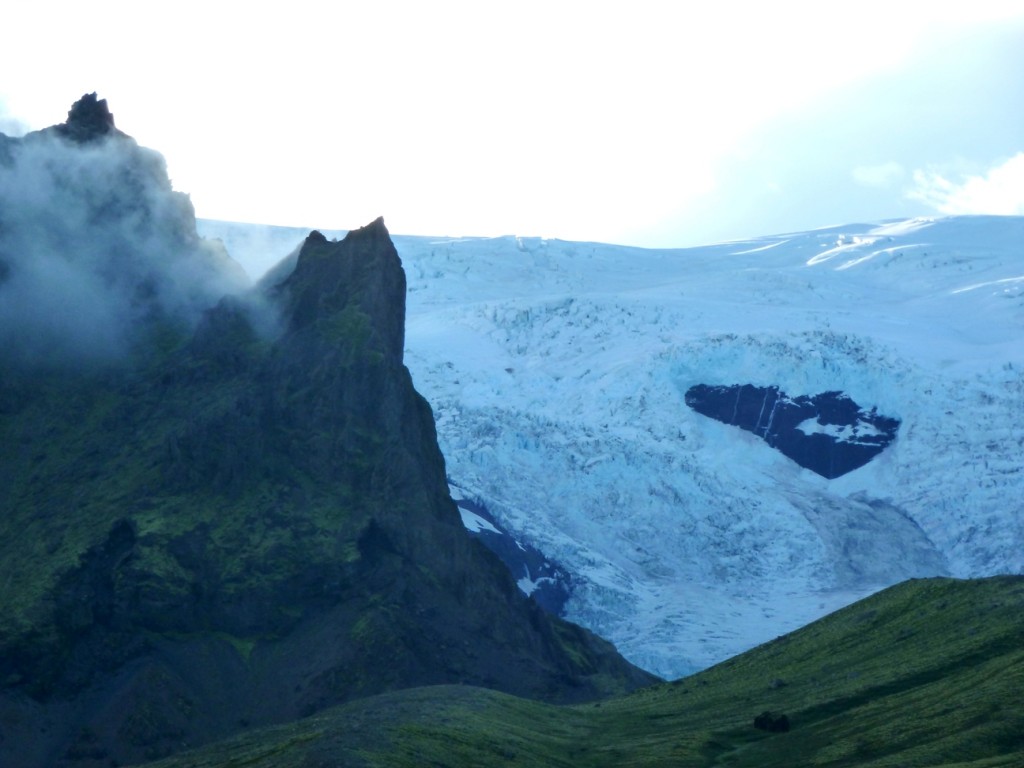

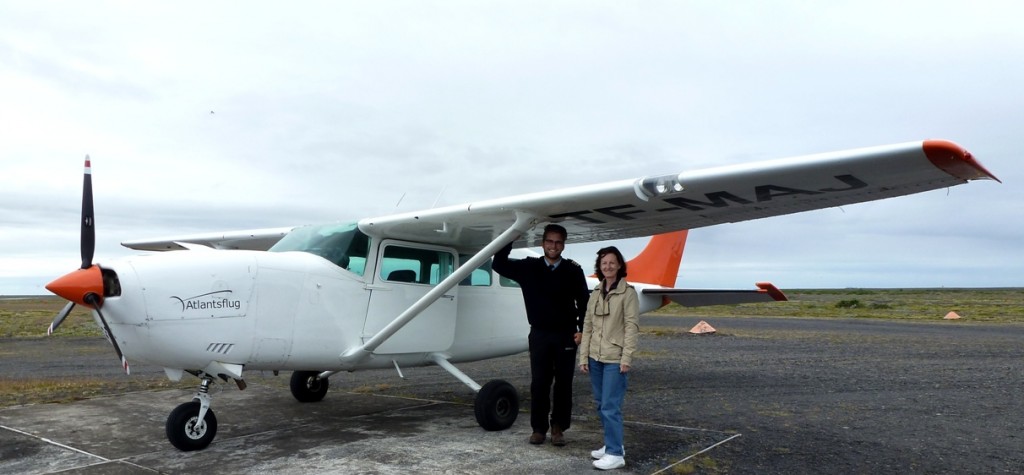

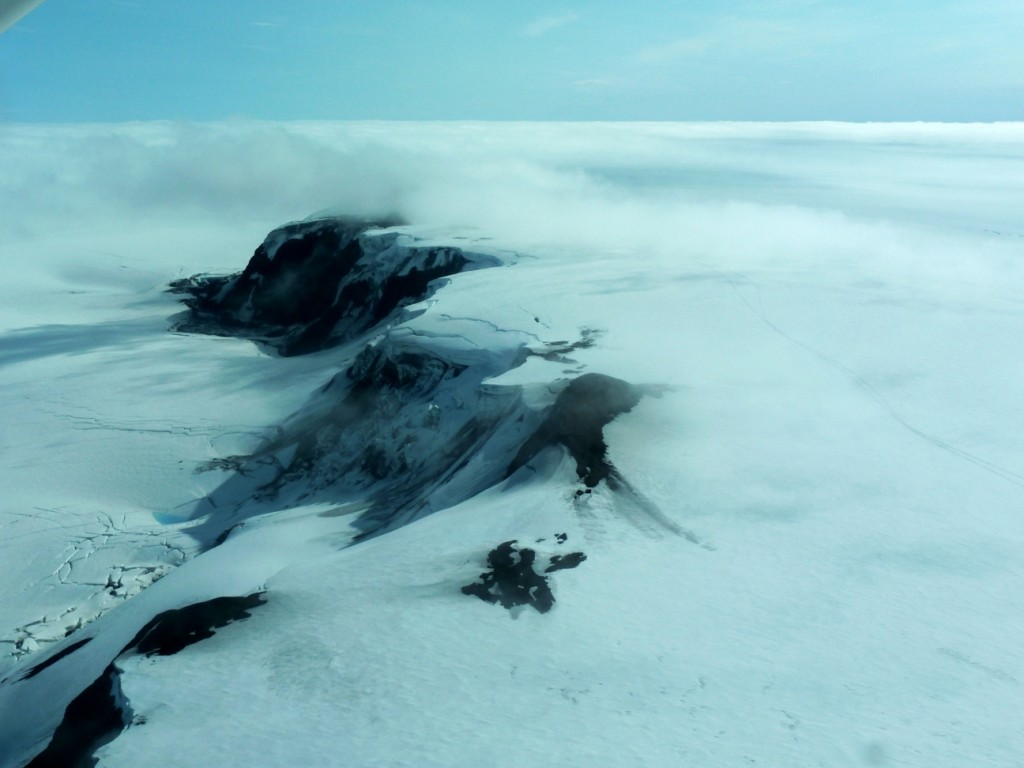
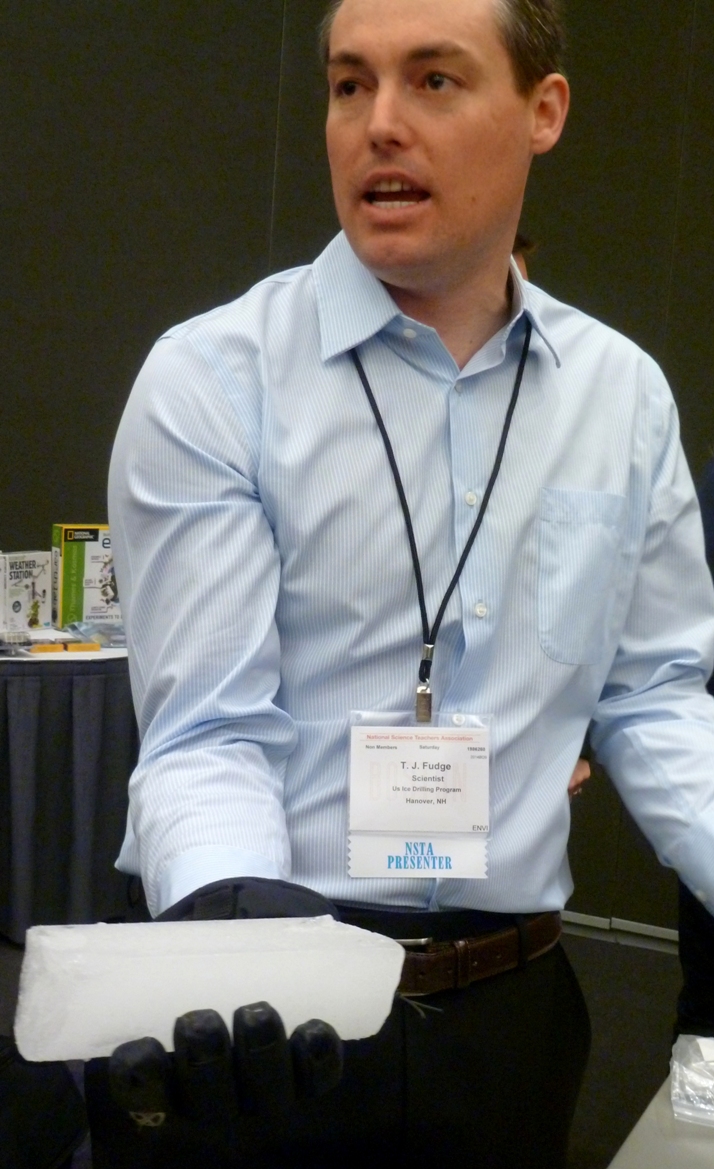
I didn’t know that ice caps could be that big.
i know right
I didn’t know that there is so much dirt and rocks in the glaciers. I also didn’t know that when the glaciers melt they look like in is raining under the glacier.
I always wanted to ride a skidoo. I knew that the winds in Iceland were very loud but I did not think the noise was this loud. I now realize that ice caps help the Earth cool down.
I cant believe that there is over 15 million square Kilometer and because of global warming all of it might melt and that means that the sea level will rise and that means that houses will get flooded.
🙁
I learned that glaciers are melting very quickly from global warming. The video where Ms.Christie-Blick was under a glacier and it was melting helped me learn this.
It is crazy to see how the glacier was melting so quickly. The amount of dirt in the video was crazy knowing that it all came out of melted ice.
Something new that I learned when reading and watching videos is that when I read the 1st paragraph on the top of the page,I learned that ice covers almost 15 million square kilometers.To me that is a lot of ice, so when it melts from rising temputures,that can be a huge problem and thats why we need to slow down global warming.
I do not know that there were ice caps in iceland even though it says ice in the name. And this is like what we are doing in science because we are learning about global warming and when the climate rises the ice caps can melt
Yikes, I never known that ice covers almost 15 million square kilometers of the Earth! Wow that’s the most amount i’ve ever heard about in my life! I can also relate to this because in science class we are learning about global warming. I even can’t imagine all of that ice melted. That will cause major sea level rise and major flooding. And the worst possibly extinction by ruining animal habitats. Also loss of land. Honestly I don’t think we should keep polluting our earth because really, the only person its going to effect on is you, children, grandchildren, Ect.
I didn’t know you went snowmobiling to the top of a glacier. This relates to science because we are talking about ice melting and reflection
I couldn’t think of anything else. 🙁
I did not know that it could be so cold icy in the summer time.It must be very cold for you to have to wear those thick jackets.Would you be capable to hike up that mountain
I never knew that the glaciers take dirt with it and when it melts it because global warming the dirt stays.
this relates to science because we are learning about what is causing climate change
The thing I learned from this page is the wight ice can reflect the suns beam and go into outer space. On the other hand if we did not have ice like antartica we would all die out. If we also did not have ice nothing can reflect of the sun into outer space. That is why we need to have ice like antartica around here.
I learned that when it gets warm glaciers start to melt. It looks like rain. Except when you are not under the glacier it is not raining. This has to do with global warming because we have been talking about how the earth has been getting warmer each year. If it gets too warm all the glaciers and ice caps will melt. If they melt the ocean level will rise. If the ocean level rises then earth starts flooding.
I never knew that iceland had that much ice I thought that iceland was a nice green place, because of the vikings. But I did not know that there was ice at all in iceland unlike greenland.
I did not know that ice covers up to almost 15 square kilometers. That is a lot. This has to do with what we are doing with science because ice is melting from global warming.
Wow it is so cool that they have ice from Antarctica there it must be super cool to see it
I never knew that there was miles and miles of ice on earth and that it is realy deep and huge bodys of ice.
this relates what we are learning in class because the ice caps reflect the suns heat.
I never knew that ice caps could be so gigantic. I can see from the pictures that the ice caps are miles across. The map of the Vatnajokull ice cap shows how huge the ice caps can be. I can get a sense of scale from seeing Ms. Christie-Blick compared to the glacier.
I learned that the ice on earth covers over 15 million square kilometers. Also that glaciers can melt so quickly that you could see it happening.
I learned that ice caps are important because they are white and white things deflect sunlight and help reflect too much sun.
I never knew how big ice caps are! also it is very amazing how ice is melting so quickly. like when the water was really dripping fast
I never knew that global warming can cause there to be grey rocks on the surface.
What I learned from watching the videos was that gobal warming can melt a ice cap thats huge and its putting icy bubbles into the ice which conserns me but this is very interesting.
I learned that glaciers can be miles long and not just a mile long.
Wow. I did not know glaciers could be so big. I mean, I knew they were big but not miles long! I now realise that glaciers are very big and come in many different sizes. I am also very suprised about the very fast wind speeds on the glaciers. 🙂